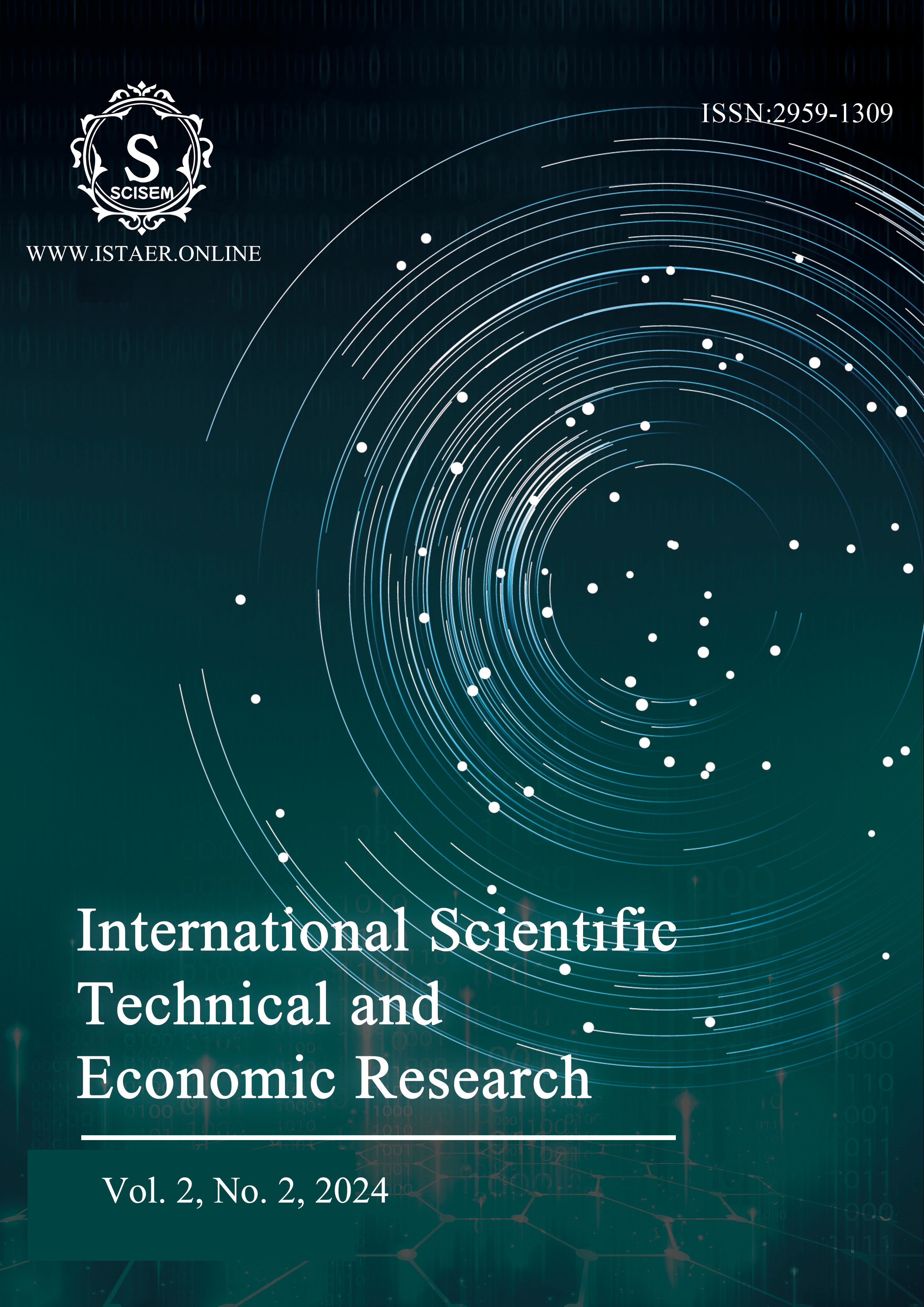Research on Competitive Location of Restaurants Based on Utility Theory
Abstract
For a chain restaurant planning to expand its business, the primary challenge lies in focusing on how to determine the optimal location for a new restaurant through the optimization of site selection methods. For a better analysis, this paper establishes the Maximum Market Share Model (Model I), with model elements decomposed into population distribution, purchasing power, and consumption habits. The Logit utility function representing consumer choice behavior is incorporated into the site selection model, establishing the Maximum Market Coverage Model based on competitors (Model II). Sensitivity analysis indicates that purchasing power and distance factors in consumption habits are more sensitive than other factors. Stability analysis shows that the improved iterative algorithm converges quickly and produces highly stable results.
References
[1] Clark, R. A., Ferziger, J. H., & Reynolds, W. C. (1979). Evaluation of subgrid-scale models using an accurately simulated turbulent flow. Journal of fluid mechanics, 91(1), 1-16.
[2] Jin Jun, Li Chengming, Yin Jie,&Lin Zongjian (2003) Research on the Spatial Distribution Model of Population Data Journal of Surveying and Mapping, 32 (3), 278-282.
[3] Liu, H., He, X., He, B., 2009. Method of successive weighted averages (MSWA) and self-regulated averaging schemes for solving stochastic user equilibrium problem. Networks and Spatial Economics 9 (4), 485-503.
[4] Sheffi, Y., & Powell, W. B. (1982). An algorithm for the equilibrium assignment problem with random link times. Networks, 12(2), 191-207.
[5] Seyhan, T. H., Snyder, L. V., & Zhang, Y. (2018). A new heuristic formulation for a competitive maximal covering location problem. Transportation Science, 52(5), 1156-1173.
[6] Ballou, R. H., & Srivastava, S. K. (2007). Business logistics/supply chain management: planning, organizing, and controlling the supply chain. Pearson Education India.
[7] Zhang, J., Liu, Z., & Ma, Z. (2000). Some reverse location problems. European Journal of Operational Research, 124(1), 77-88.
[8] Benati, S., & Hansen, P. (2002). The maximum capture problem with random utilities: Problem formulation and algorithms. European Journal of operational research, 143(3), 518-530.
[9] Bernheim, B. and M. Whinston (1990), “Multimarket Contract and Collusive Behaviour”, The RAND Journal of Economics, pp. 1-26.
[10] Bonfiglioli, A., R. Crinó and G. Gancia (2019), “Trade, Finance and Endogenous Heterogenity”, Journal of the European Economic Association, Vol. 17, pp. 79-130.
*******************Cite this Article*******************
APA:
Lin, M., Liu, J., & Ren, X. (2024). Research on competitive location of restaurants based on utility theory. International Scientific Technical and Economic Research, 2(2), 1–9. http://www.istaer.online/index.php/Home/article/view/No.2430
GB/T 7714-2015:
Lin Mingyang, Liu Jiaqi, Ren Xinsiyue. Research on competitive location of restaurants based on utility theory[J]. International Scientific Technical and Economic Research, 2024, 2(2): 1–9. http://www.istaer.online/index.php/Home/article/view/No.2430
MLA:
Lin, Mingyang, Jiaqi Liu, and Xinsiyue Ren. "Research on competitive location of restaurants based on utility theory." International Scientific Technical and Economic Research, 2.2 (2024): 1-9. http://www.istaer.online/index.php/Home/article/view/No.2430
Downloads
Published
Issue
Section
License
Copyright (c) 2024 International Scientific Technical and Economic Research

This work is licensed under a Creative Commons Attribution-NonCommercial-NoDerivatives 4.0 International License.
This work is licensed under the Creative Commons Attribution International License (CC BY 4.0).




